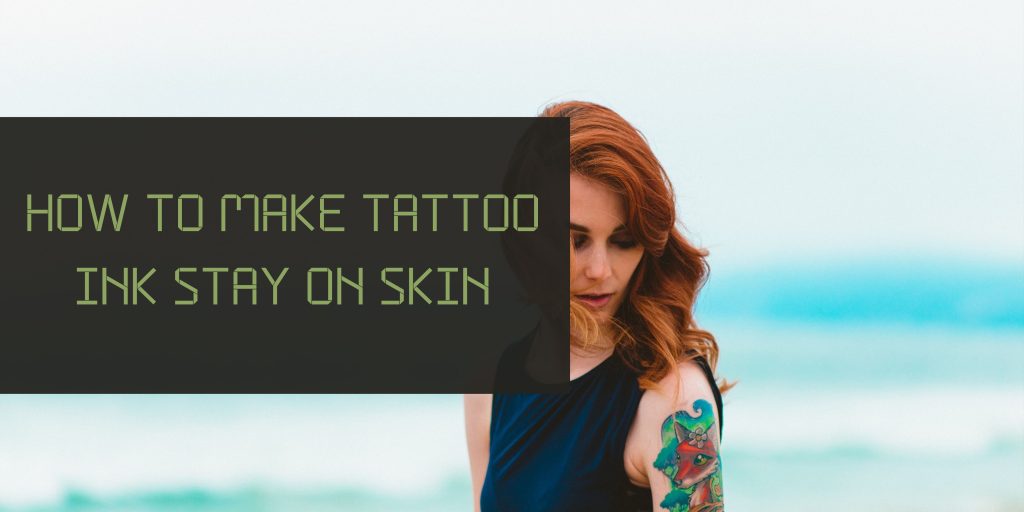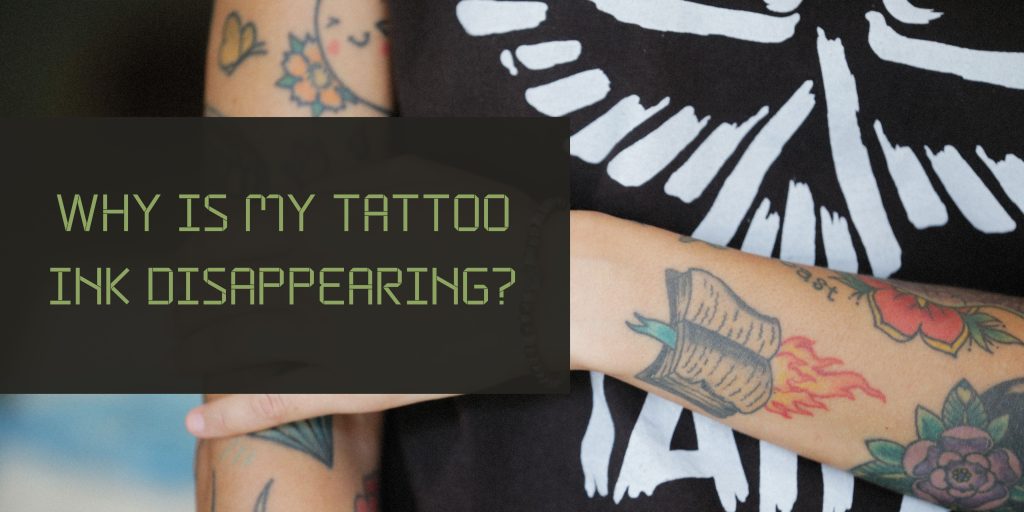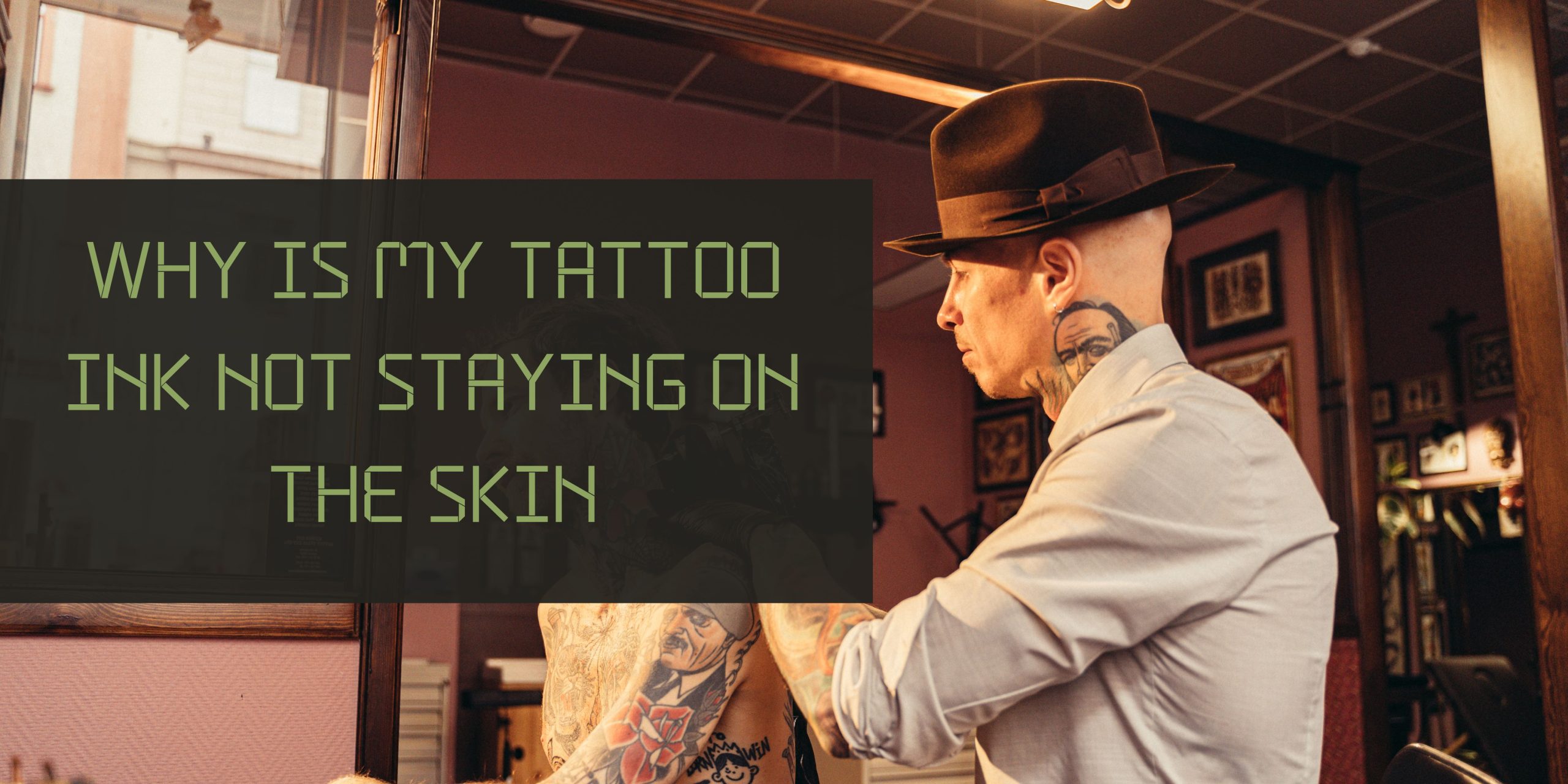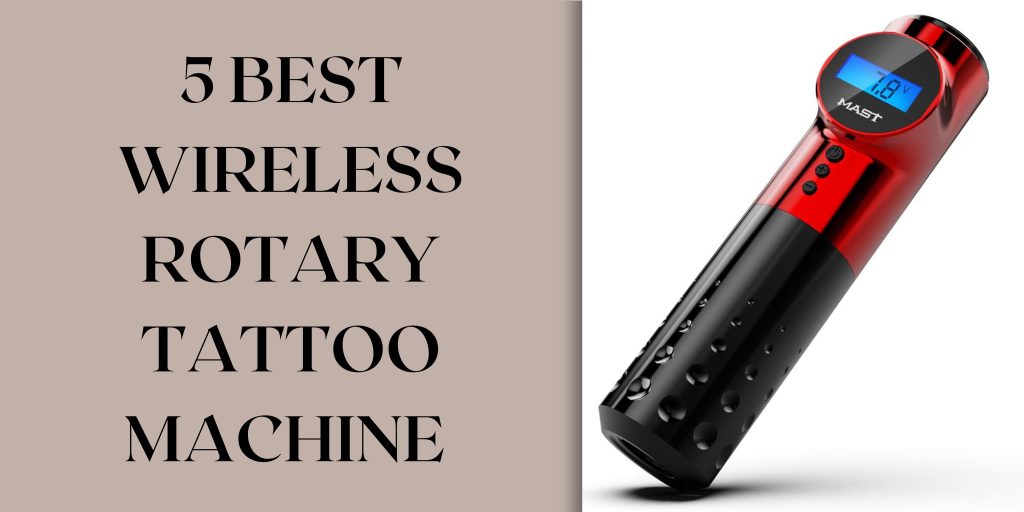Tattoos are a popular form of body art that has been around for thousands of years. They have evolved from traditional tribal designs to intricate modern designs, and have become a way for people to express themselves and commemorate important events or people in their lives. However, sometimes tattoos don’t turn out as expected, and one of the issues that can arise is the rejection of tattoo ink by the skin. In this article, we’ll explore the topic of why is my tattoo ink not staying on the skin
Can Your Skin Push Out Tattoo Ink?
One of the reasons why tattoos can be rejected is due to the skin pushing out the ink. This happens when the tattoo artist doesn’t go deep enough into the skin layers during the tattooing process. When the needle only penetrates the top layers of the skin, the ink can’t stay in place and may be pushed out as the skin heals. This can result in a patchy or faded tattoo that doesn’t look as vibrant as it should.
Why Is My Tattoo Ink Disappearing?
Another reason why tattoos can fade or disappear is due to the ink breaking down over time. This can happen if the tattoo is exposed to too much sunlight, water, or harsh chemicals. When the ink breaks down, the tattoo can start to look blurry or faded, and the colours may not be as bright as they once were. This is why it’s important to protect your tattoo from the sun and to avoid soaking it in water for prolonged periods of time.

How to Make Tattoo Ink Stay on Skin
To make tattoo ink stay in the skin, there are a few things that you can do. First, it’s important to choose a reputable tattoo artist who has the experience and knows how to tattoo properly. They should use high-quality ink that is designed to stay on the skin and not fade or blur over time. Additionally, the artist should use the right needle size and depth to ensure that the ink is properly placed on the skin.

After the tattoo is completed, it’s important to follow the aftercare instructions provided by the artist. This may include washing the tattoo gently with mild soap and water, applying a thin layer of ointment, and avoiding tight clothing or anything that may rub against the tattoo. You should also avoid exposing the tattoo to direct sunlight or soaking it in water for at least two weeks.
Why Is My Tattoo Not Holding Colour?
If your tattoo is not holding colour, there could be a few reasons why. One of the most common reasons is the type of ink that was used. Some inks are not designed to be long-lasting and may start to fade or blur after a few years. Additionally, if the tattoo artist didn’t use enough ink or went too deep into the skin, the ink may not stay in place and can start to fade over time.
Another reason why tattoos may not hold colour is due to the aftercare process. If you don’t take proper care of your tattoo after it’s completed, the ink may not stay in place and can start to fade or blur. This is why it’s important to follow the aftercare instructions provided by the artist and to avoid exposing the tattoo to direct sunlight or soaking it in water for at least two weeks.
Skin Rejecting Tattoo Ink Symptoms
When your skin is rejecting tattoo ink, there are a few symptoms that you may experience. These can include redness, swelling, itching, and a rash. Additionally, the tattoo may start to look blurry or faded, and the colours may not be as vibrant as they once were. If you notice any of these symptoms, it’s important to speak to your tattoo artist or a medical professional to determine the cause of the issue.
In some cases, the rejection of tattoo ink may be due to an allergic reaction. This can happen if your body is sensitive to the ingredients in the ink, such as certain pigments or preservatives. An allergic reaction can cause redness, swelling, and itching, and may require medical attention if it is severe.
Another possible cause of ink rejection is an infection. If the tattoo artist did not follow proper hygiene protocols during the tattooing process, bacteria or other microorganisms may enter the skin and cause an infection. This can cause redness, swelling, and pain, and may require antibiotics or other medical treatment.
If you suspect that your skin is rejecting tattoo ink, it’s important to seek medical attention right away. Your doctor can determine the cause of the issue and provide appropriate treatment to help you heal.
Conclusion
Getting a tattoo is a big decision, and it’s important to take proper care of your tattoo to ensure that it stays looking great for years to come. If you notice any issues with your tattoo, such as ink rejection or fading, it’s important to speak to your tattoo artist or a medical professional to determine the cause of the issue.







